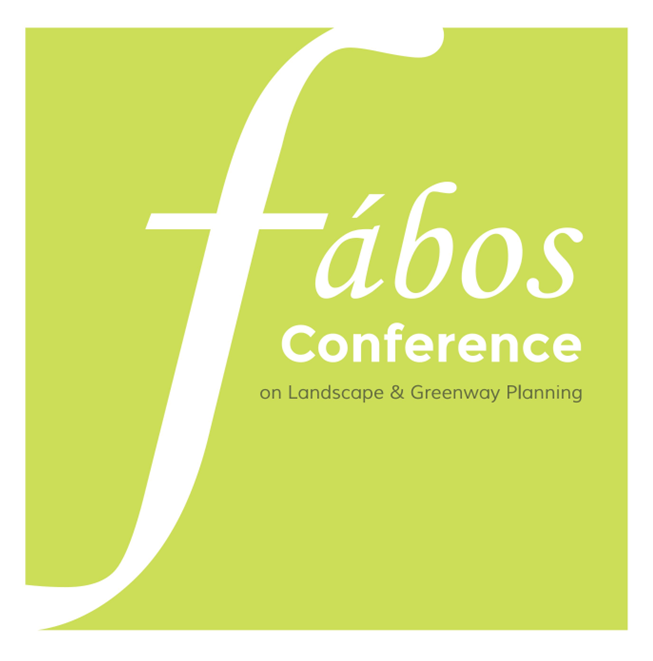Seeing Corridors: Discovering Spatial Characteristics of Forests Through Sequential Sectioning
Abstract
Landscape planning, design, and management require drawings to describe existing and proposed conditions. This is particularly true for large land areas where interventions occur at the scale of landscape ecology and cannot be seen at glance except from the air. Landscape corridors and greenways, connecting patches across mosaics, are relatively simple to represent through aerial images and plans, but much of their detailed character, especially in forested areas remains unseen in such formats. While LIDAR point clouds allow three-dimensional mapping, a visual challenge remains—seeing a whole landscape corridor while concurrently understanding its character in detail.
How is it possible to see the parts and the whole of a landscape simultaneously to understand its character? One method is the serial section, pioneered by landscape architects and educators Anuradha Mathur and Dilip da Cunha (2001, 2006). Through sequential sampling in section, characteristics of landscapes emerge in their drawings such as topography, vegetation, and water, revealing patterns unseen in plans alone. While this approach has gained some traction in academia, it is not a widely accepted method of investigation in practice.
This paper demonstrates the practical value of serial sectioning for characterizing a landscape corridor through an analysis of the George Washington Memorial Parkway in Virginia and Washington, DC. The analysis was part of the development of an urban forest management plan for the 25-mile National Park Service corridor. Using drawings as evidence, the paper argues that sequential sections drawn at both regular and random stratified intervals are a valid and reliable visual sampling technique. Some drawings show how sectioning is an important exploratory tool for understanding a place (these drawings did not have explanatory value for the plan itself), while others record and characterize landscape conditions quite important and relevant to the plan recommendations. In both cases, changing topographic and vegetative conditions are revealed over long distances in ways that aerial views and singular sections cannot, illuminating this distinctive approach to seeing and understanding linear landscapes.
Keywords: landscape corridors, serial sections, urban forest, sampling technique, drawing
How to Cite:
Heavers, N., (2025) “Seeing Corridors: Discovering Spatial Characteristics of Forests Through Sequential Sectioning”, Fábos Conference on Landscape and Greenway Planning 8(1). doi: https://doi.org/10.7275/fabos.2468
176 Views
124 Downloads

